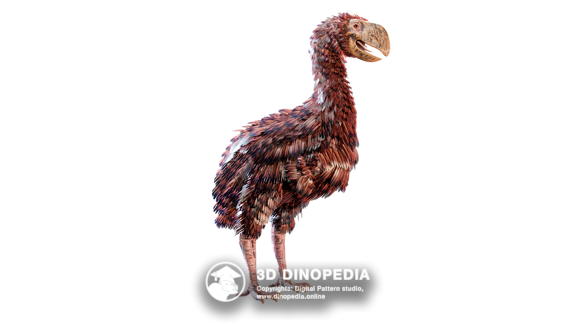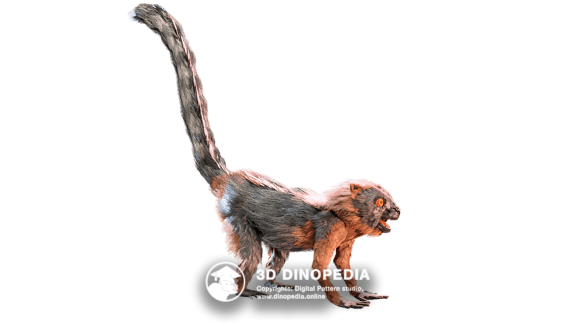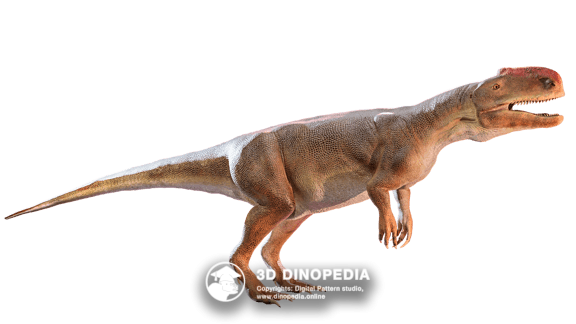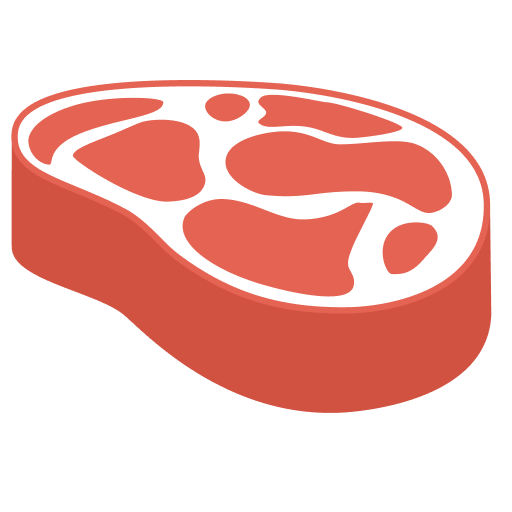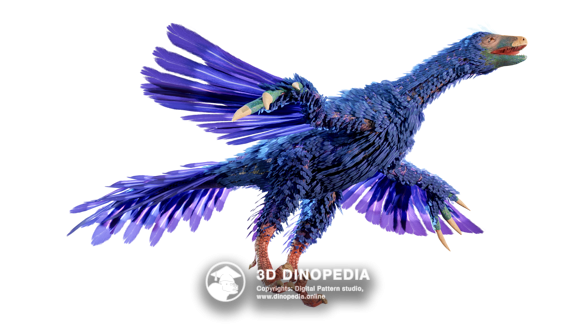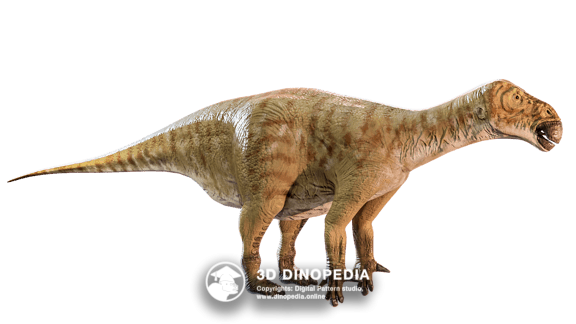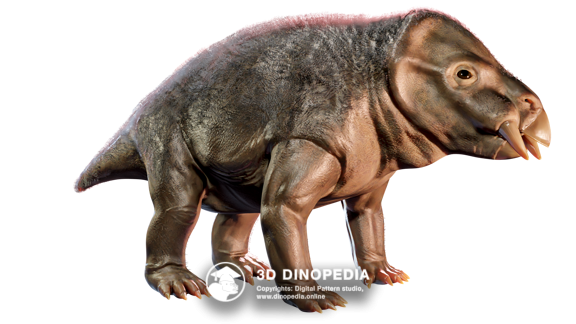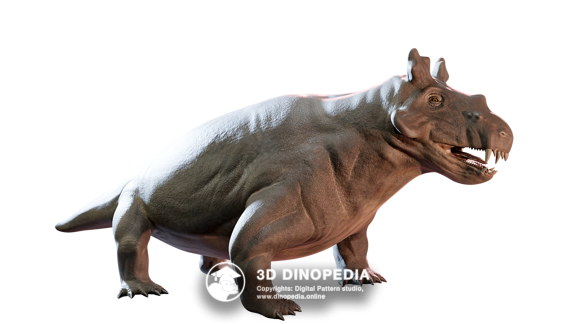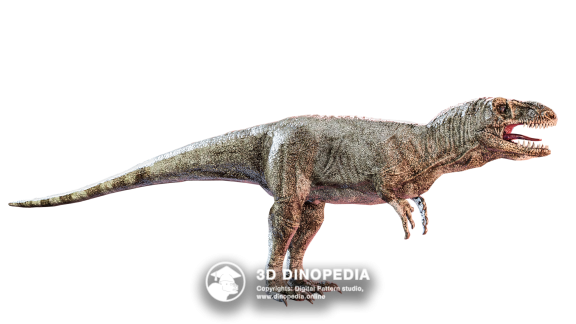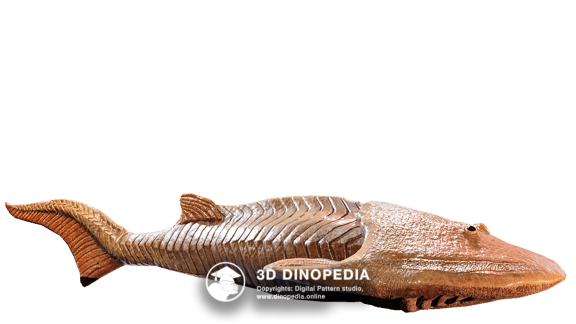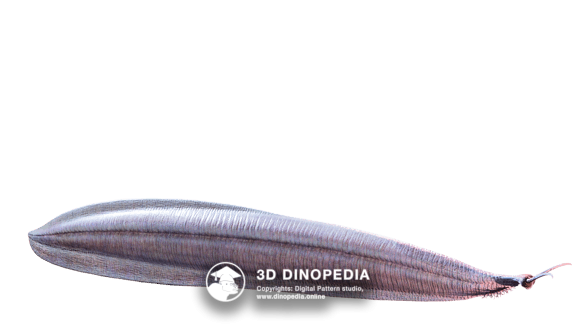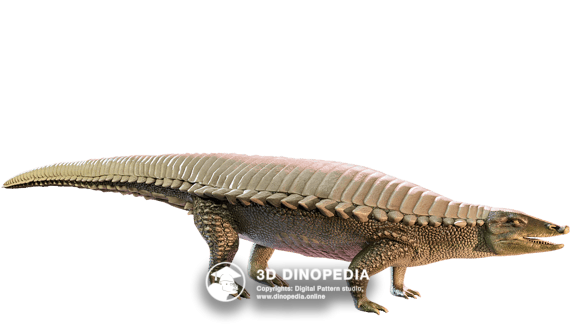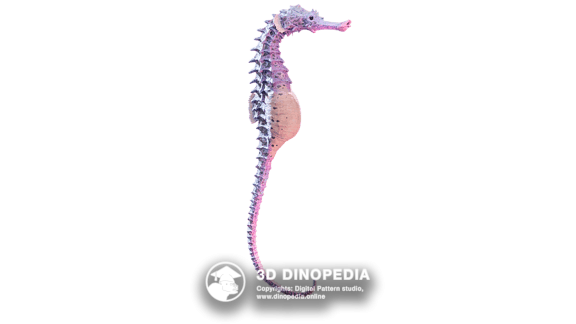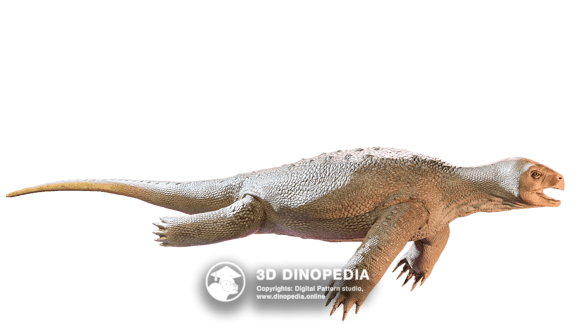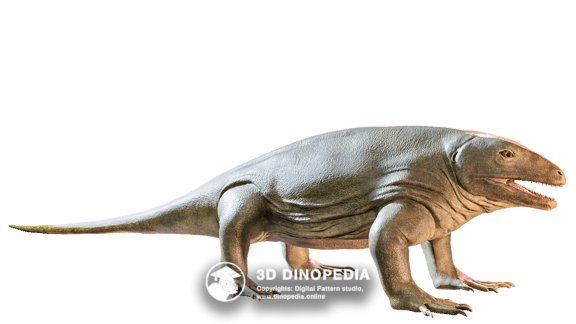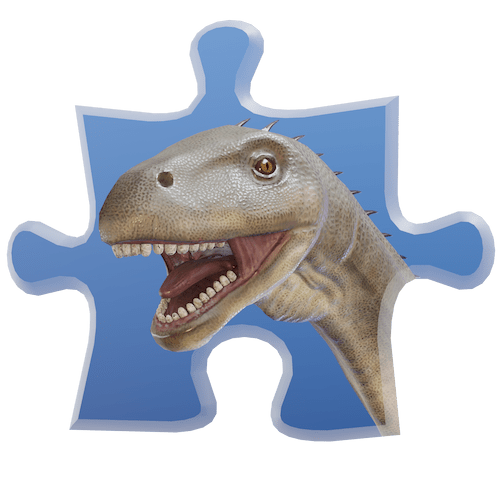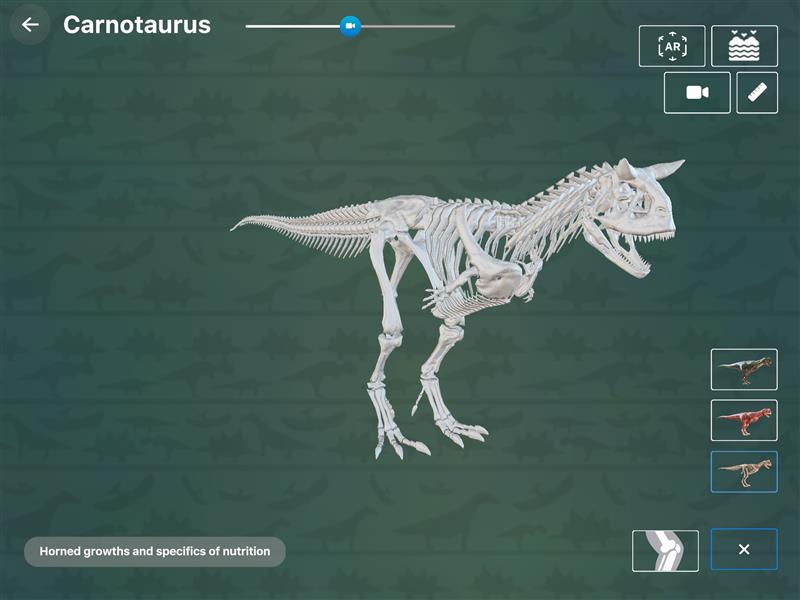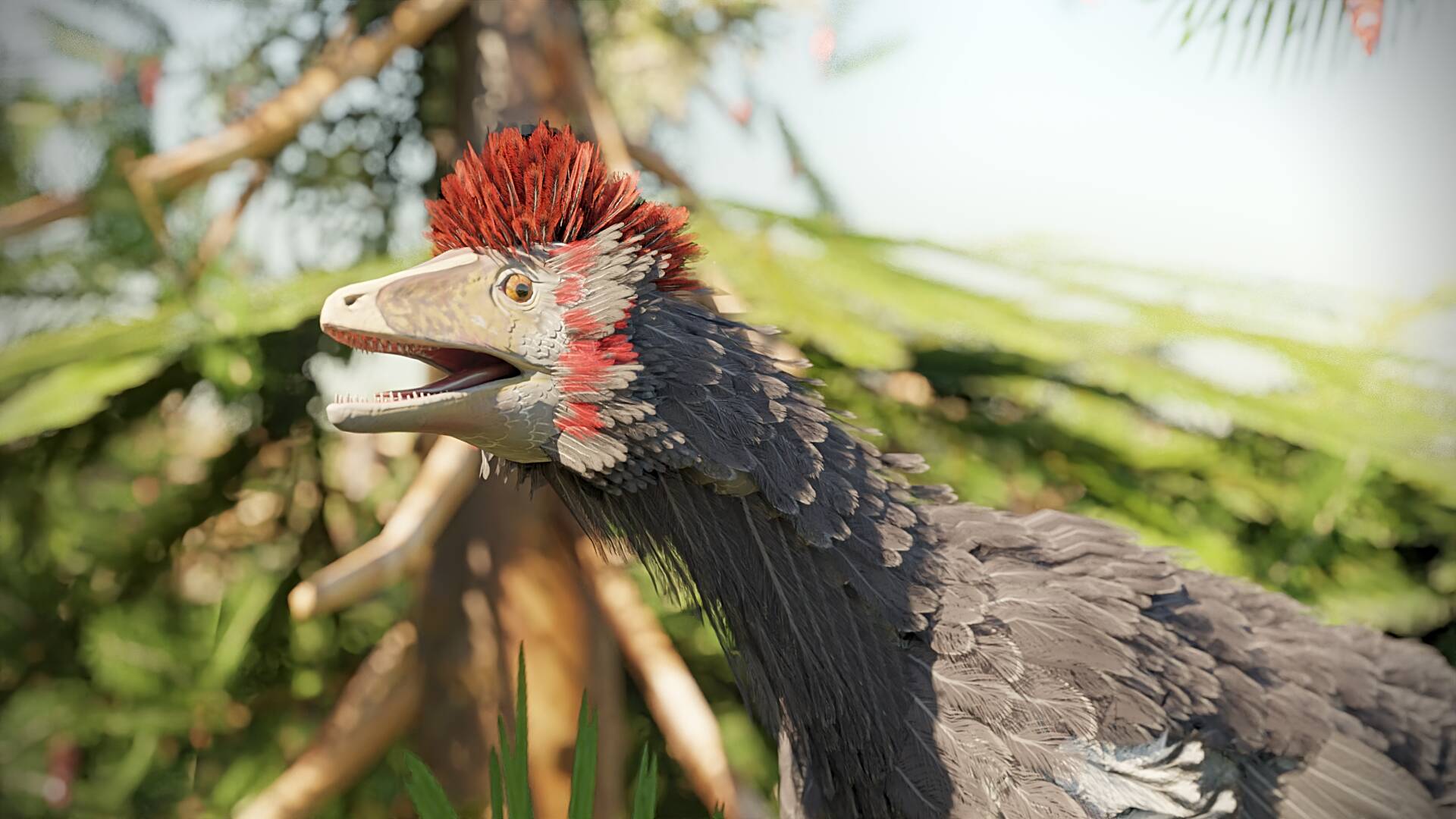Gastornis

Name meaning:
Gaston’s bird, named after the physicist Gaston Planté
Period of life:
56-45 mya
Period:
Habitat:
Coasts
Taxonomy:
Birds
Countries:



Gastornis is a large flightless bird inhabited North America, Asia and Europe about 60 million years ago. Gastornis belongs to extinct Diatryma genus. As the birds built their nests on the ground, the predators sneaked it easily and pinched the eggs. First fossils were discovered in 1855 by French physicist Gaston Planté hence the name of the ancient bird.
Gastornis was 1.75 metres tall and weighed about 170 kilograms. Its body was covered with dense plant feather-like fibers. The bird had massive skull with a large beak. The beak size sparkled many debates on animal diet. Some scientists suggested it was carnivorous creature. Others insisted that due to lack of predatory features such as hooked beak like that of eagles or vultures, Gastornis could use its large beak only for digging roots or cracking nuts and seeds. High calcium isotopes found in the bones of Gastornis remains indicated its herbivorous nature. Obviously, predators had much less calcium isotopes in its bones.
Despite it had wings resembled cassowary ones, Gastornis was unable to fly. It could run fast though due to its strong legs.
Discussions
Other animals
 INTERESTING FACTS
INTERESTING FACTS
 PUZZLES
PUZZLES
 HOME
HOME
 3D MODEL "SKIN"
3D MODEL "SKIN"
 3D MODEL "MUSCLES"
3D MODEL "MUSCLES"
 3D MODEL "SKELETON"
3D MODEL "SKELETON"
 VISION
VISION
 NEIGHBORS
NEIGHBORS
 VOICE ACTING
VOICE ACTING
 AR - MODE
AR - MODE
 GALLERY
GALLERY
 HISTORY OF DISCOVERIES
HISTORY OF DISCOVERIES
